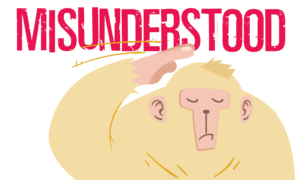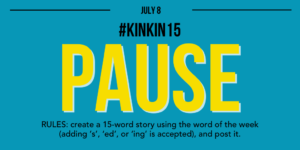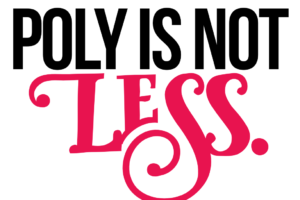My friend identifies as a submissive.
They are kind, successful, funny, capable, sexy, generous and loving.
They are also used to supporting themselves, raising daughters, balancing personal and professional concerns, and maybe, just maybe, habitually behaving in ways that convinces potential partners that they are not really submissive at all.
It’s come up several times over their recent partners. Feedback that suggests that their partners’ experiences are not consistent with who they know themselves to be.
What’s going on here?
Are their partners wrong?
No. How can multiple partners be wrong about their experiences?
Is my friend wrong?
Nope. I don’t believe so. I believe they are 100% AUTHENTIC in their desires and their behavior.
The problem is that their behavior is not 100% CONSISTENT with their desires.
We all have the ability to be 100% authentic in a thing and in it’s exact opposite.
Authentic: real or genuine. Not counterfeit.
I could have the authentic desire to be part of an openly loving couple while also having a genuine need to feel safe by guarding my feelings.
No one could say that there is a lie there.
And yet, it’s easy to spot the inconsistency.
Is it possible that people don’t realize that their actions don’t align with what they are working so hard towards?
Of course it is.
I read an article recently, The Path to Happiness: Do What You Love, Not What You Like, which just this moment popped into my head as a perfect example.
If we look at what we love as something we strive towards with every fiber of our being, something that we will not always like, or will find difficult and scary, and tantalizing, and sometimes even overwhelming.
And if we look at something that we like as something pleasant that feels good (not great) when we do it, and that can take up space in “getting things done” without actually accomplishing anything—or at least, not accomplishing what we love.
And isn’t this a perfect explanation of what we often do in our relationships?
We desire a deep connection, and focus instead on tit-for-tat.
For example.
Because tit-for-tat is easy. We don’t LOVE it, but we like it, we understand it, and it’s less scary than the things we love, so we’ll put our time and energy fighting over the small things, and avoiding the important ones.
We put the time into protecting ourselves rather than showing love to others.
And I’m not saying any of this is WRONG.
I’m simply pointing out that it may not be consistent with what we actually want out of life or love.
Do we want to love and be loved?
Then we need to love and show that love.
Simple. But it’s not always easy.









